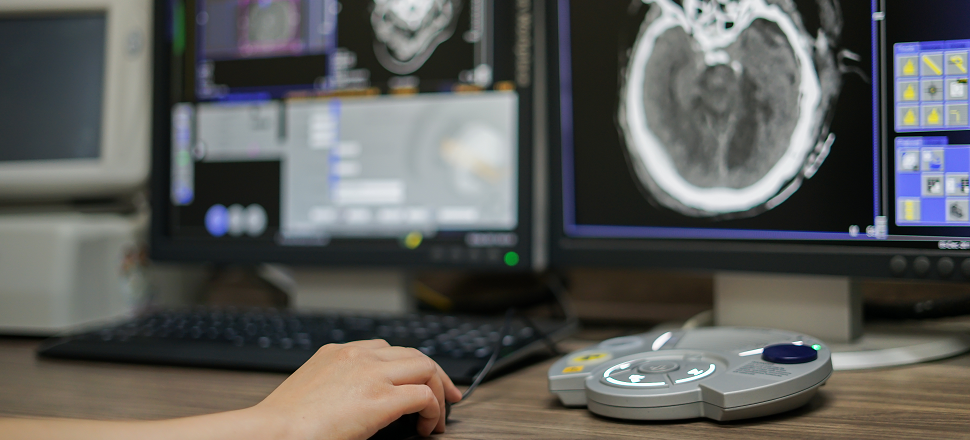Iodinated Contrast Media Shortage

AMA members will be aware of the ongoing shortage of iodinated contrast media (contrast) caused by COVID-19 lockdowns in Shanghai.
In response to the global shortage of iodinated contrast media RANZCR and TGA have released statements with advice for medical practitioners about prioritising use and alternative imaging modalities.
RANZCR recommends that medical practitioners considering referring a patient for a CT during this time consult with a radiologist for advice on alternative imaging modalities or other strategies that could be used to diagnose and manage their patients.
RANZCR has endorsed recommendations in the recent article by Cavallo and Pahade, titled Practice Management Strategies for Imaging Facilities Facing an Acute Iodinated Contrast Media Shortage published in the American Journal of Roentgenology which provides details to support practice management during this contrast shortage.
The following table reproduced from the Cavallo and Pahade article is an example of how practices might prioritise patients based on clinical need. Please note that this list is not an exhaustive and each practice will need to adjust its management strategy based on its patient population and clinical presentations. Read more here.
|
Tier 1 Iodinated Contrast Media always needed |
Tier 2 Non-contrast CT feasible |
Tier 3 Alternative modality feasible |
Tier 4 Deferment feasible |
|---|---|---|---|
|
Emergent Stroke CTP Suspected dissection Level 1 trauma Cardiac catheterization Select oncology cases Clinical trial patients |
Diverticulitis Appendicitis Hernia Bowel obstruction Fluid collection Non-vascular chest imaging Select oncology stating examinations |
Gastrointestinal bleed Occult infection Pulmonary embolism Oncology staging Focal liver lesions |
Asymptomatic annual staging Pulmonary nodules smaller than 8mm Incidental finding workups |



